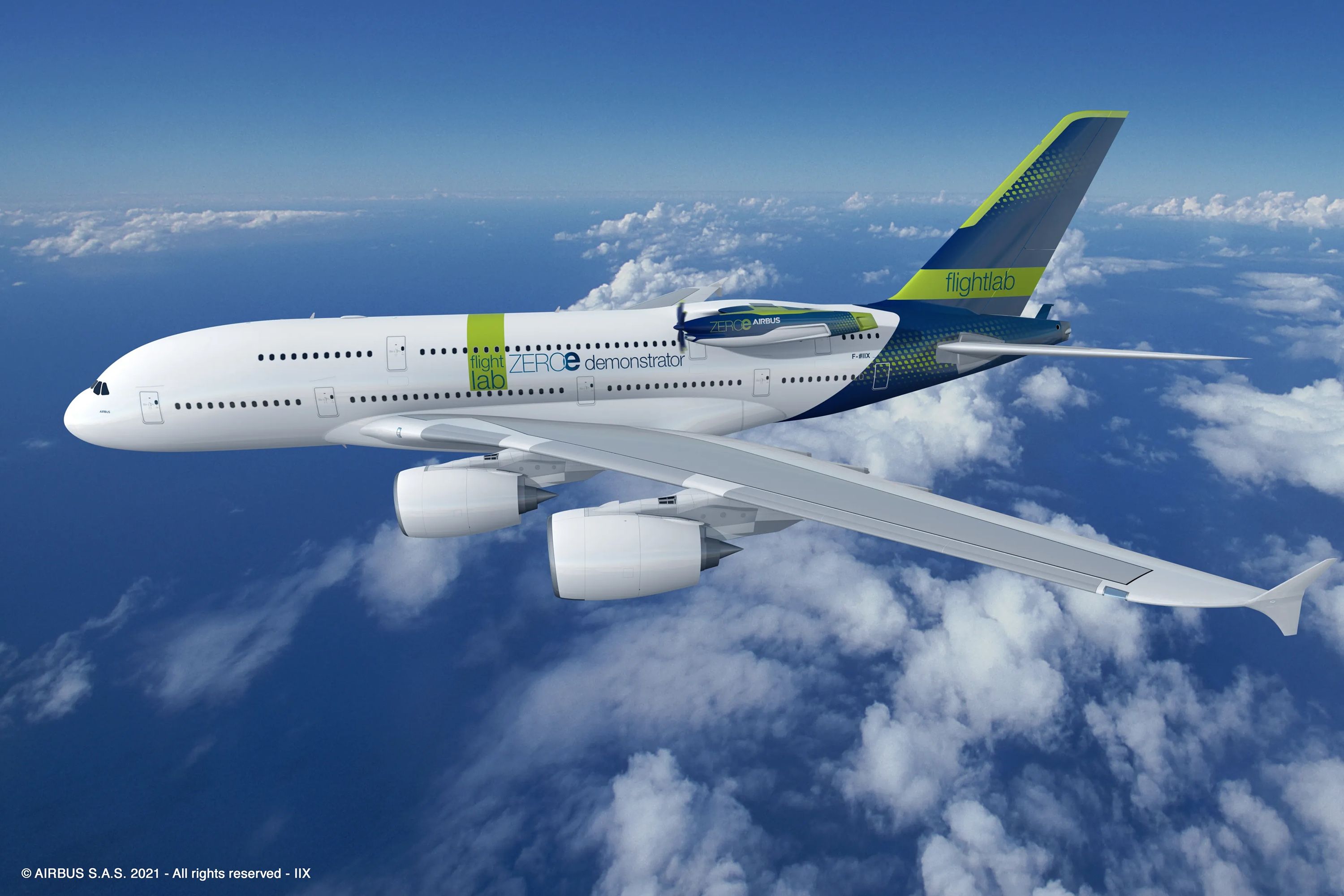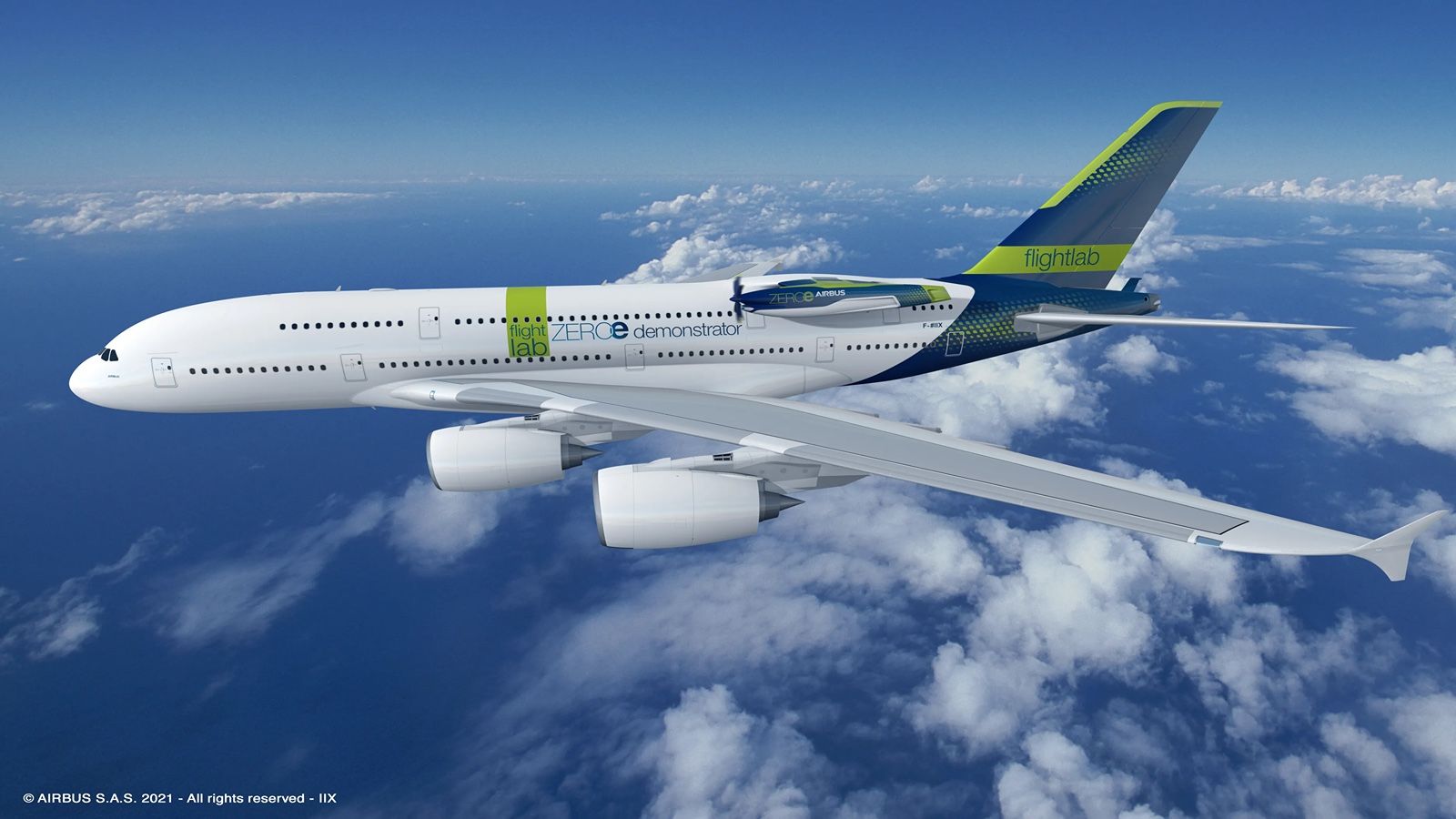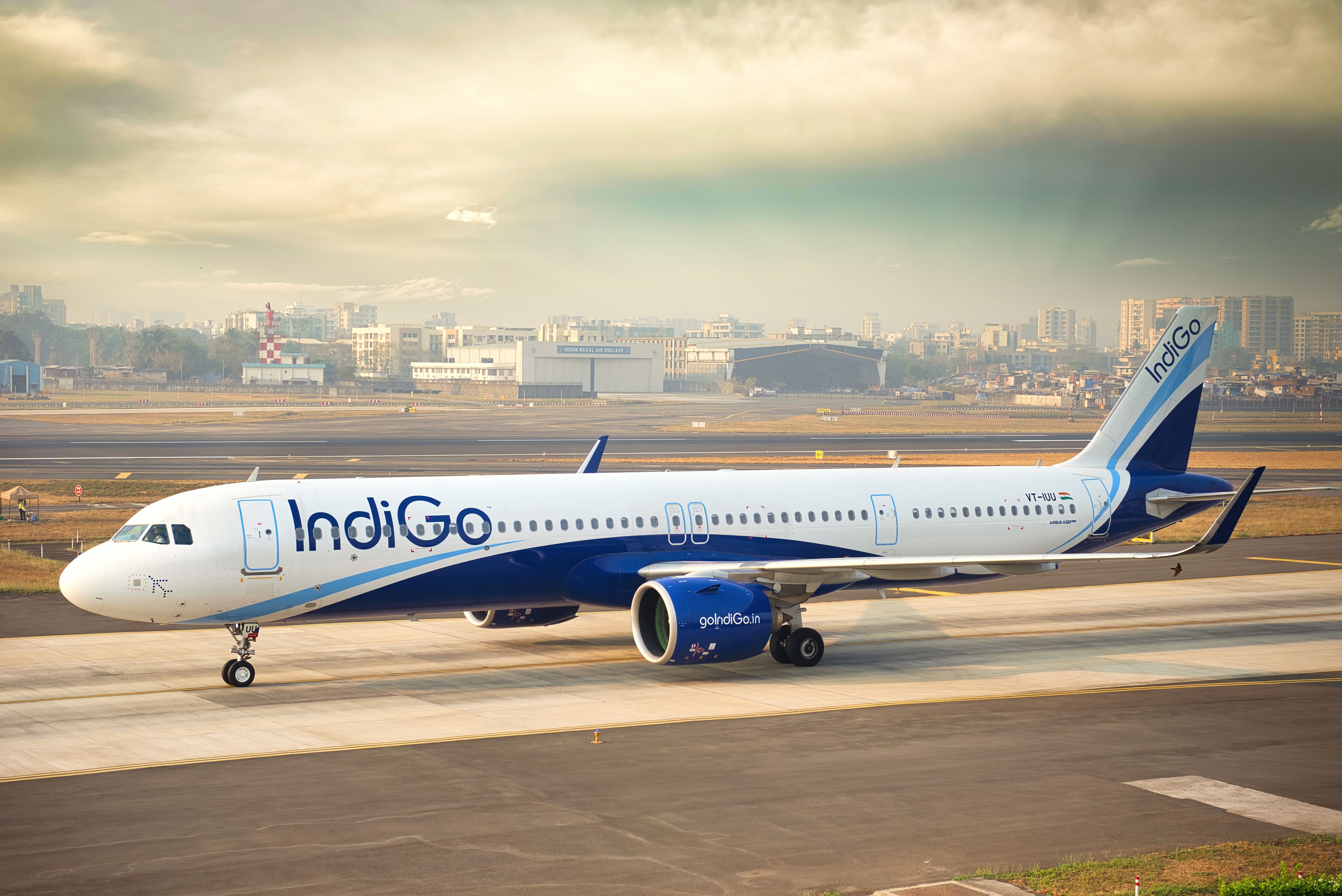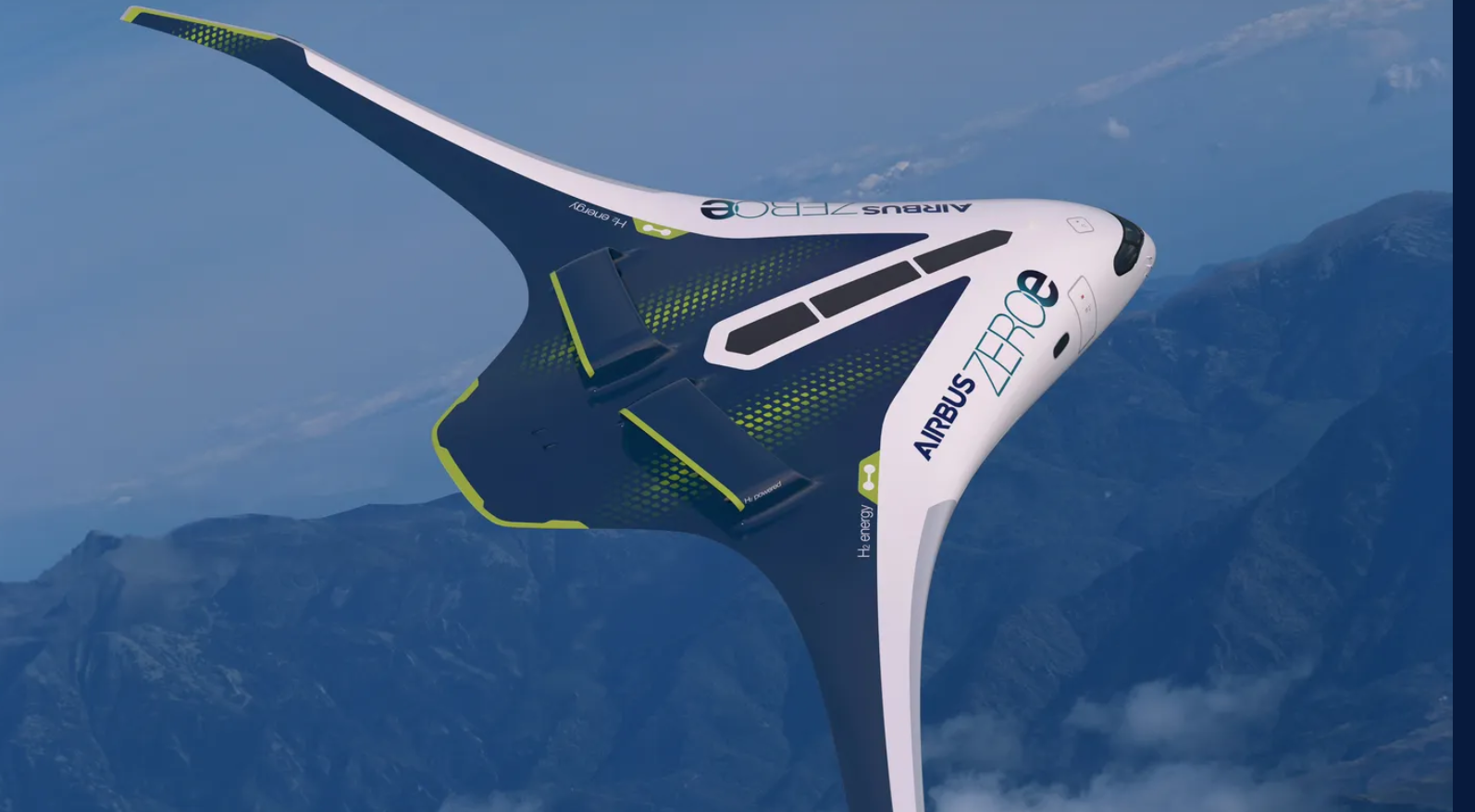Summary
- IATA rejects limiting growth for emission reduction
- Focus is on decarbonizing airline industry
- Efforts include cleaner fuel, hydrogen aircraft
During a press conference at the IATA AGM, Willie Walsh (IATA’s Director General) was asked about the airline’s emission reduction regime and if the airline industry should “slam on the brakes and stop growth… for emission reduction targets.” Walsh dismissed this view as being European-centric and unworkable in the world. Instead, he insisted reducing the carbon footprint was the way to go. Many airlines are already taking measurable steps to reduce their emissions.
IATA says no to limiting growth
Walsh responded to the question of limiting aviation growth, saying, “I don’t see that happening.” He stated that stopping growth is not the way for the airline industry to reduce emissions. He noted that this is “typically, this debate around limiting growth is a European debate, and it is solely a European debate.”
Photo: WeChitra | Shutterstock
He expanded that the discussion of limiting the growth of the industry does not really exist outside of Europe (and even then only “in certain parts of Europe”). He even went so far as to say, ” To discuss this from a European context is quite arrogant, to believe the rest of the world should follow what Europe is doing...”
He pointed to India as a place of large aviation growth and that India is looking to enjoy huge economic benefits from expanding its aviation and connecting the country together. IndiGo is the largest airline in India and has just ordered another 100 aircraft. The main way for Indians to get around India is by train. These trains can take many days to travel from one end of the country to the other (and traveling by road often isn’t much better).
Walsh also said that Africa only makes up 2% of airline ridership. He said it “should be much higher,” and increased aviation could bring large economic benefits to Africans. African countries are often very badly interconnected by flights, with many airports more focused on connecting with Europe and the Middle East than with other countries in Africa. Walsh concluded that he didn’t see any move to limit growth outside of Europe and noted it was “quite the opposite.”

Related
Airbus Plans A380 Hydrogen Flights In 2026 After Successful Power On Of ZEROe Engine
The ZEROe demonstrator is also the first-ever A380, also known as MSN001, produced.
Decarbonizing is the way forward
Welsh stated that the way forward was not to limit growth but to decarbonize the aviation footprint. He said, “The trick of the business is to reduce the carbon footprint of what is going on, and there are so many initiatives.” According to the IEA, the aviation industry is responsible for around 2% of the “global energy-related CO2 emissions.”
Welsh said these are difficult to implement, but “the industry, certainly the airline industry, and everyone one around them is single mindedly focused on getting the carbon footprint and decarbonizing what we’re doing, at the pace that is manageable.”
Photo: Airbus
The airline industry is working in many ways to reduce emissions. Efforts include using cleaner fuel, more efficient aircraft and engines, and even researching the impact of contrails on global warming. More distant goals involve developing hydrogen-powered aircraft (something full of challenges) and even electric aircraft.



